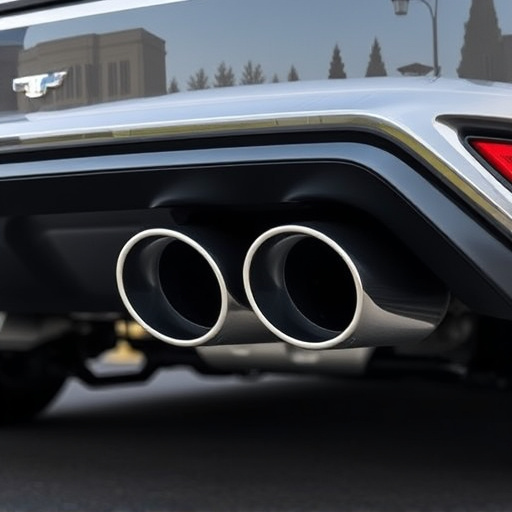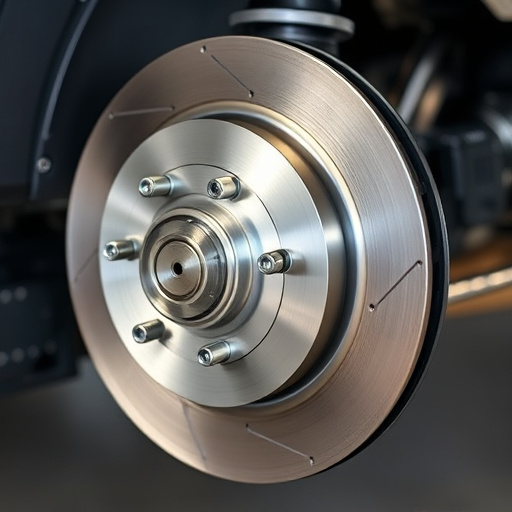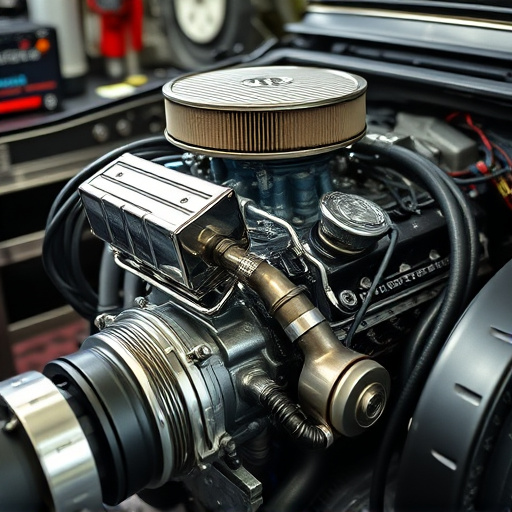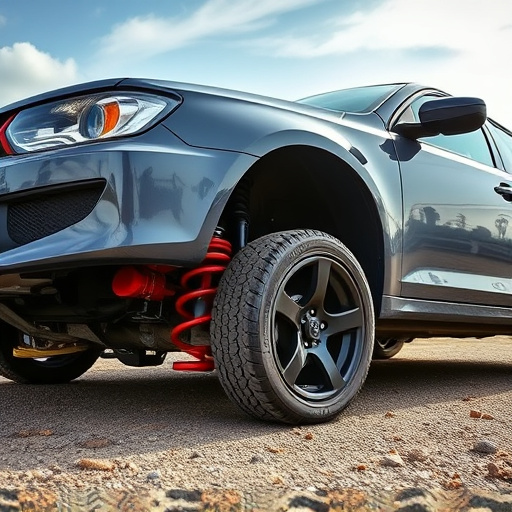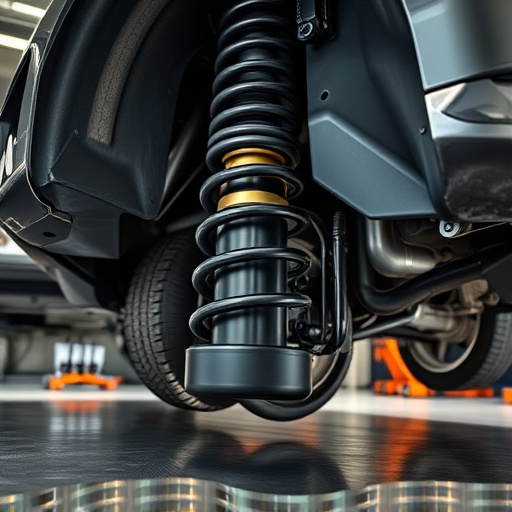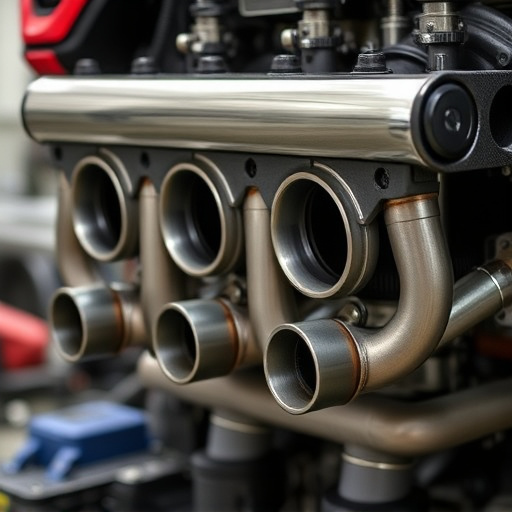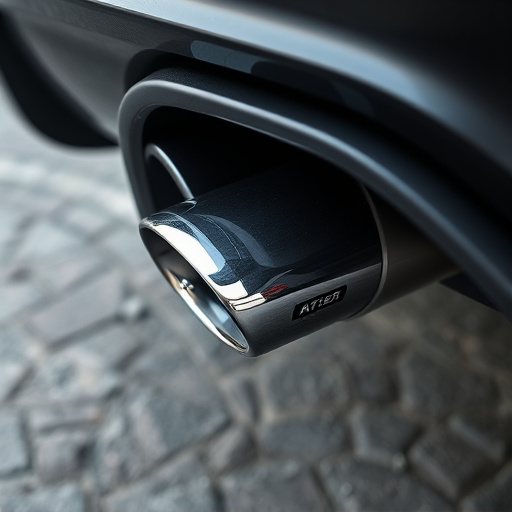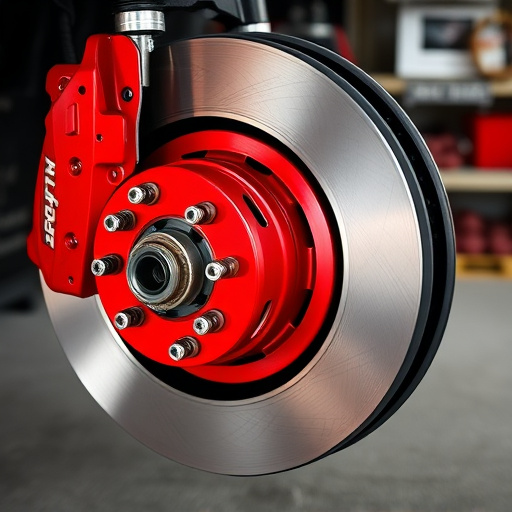Choosing between dry and oil-free cold air intake (CAI) filters involves balancing airflow, performance, and maintenance. Oil-free CAI filters offer superior airflow, enhanced horsepower, and lighter weight due to synthetic materials that trap smaller particles without restricting airflow. They have longer lifespans as their design prevents clogging, reducing the need for frequent replacement or cleaning compared to traditional dry filters.
Choosing between dry and oil-free cold air intake (CAI) filters is crucial for optimizing engine performance. This article guides you through the process, offering insights into understanding these filter types, their performance advantages and drawbacks, and how maintenance requirements differ. Whether prioritizing airflow, durability, or ease of service, this comprehensive overview will equip you to select the ideal CAI filter for your needs, enhancing both engine efficiency and long-term reliability.
- Understanding Dry and Oil-Free Filters
- Factors to Consider in Performance
- Maintenance and Longevity Comparison
Understanding Dry and Oil-Free Filters
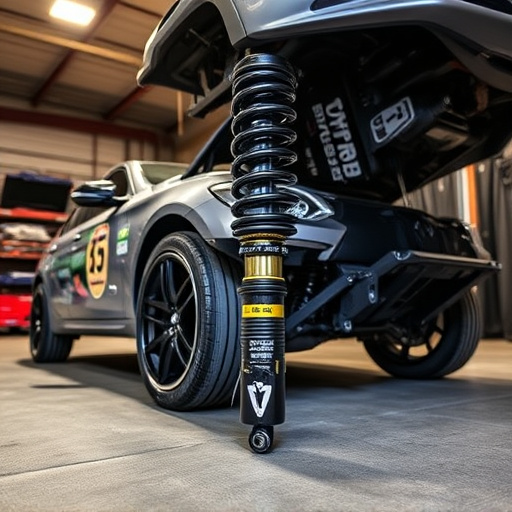
When considering a cold air intake (CAI) filter, understanding the difference between dry and oil-free options is key to making an informed decision that aligns with your vehicle’s needs. Both types serve the primary function of improving airflow to the engine for enhanced performance, but they approach this goal in distinct ways.
Dry filters use a paper or fabric media to trap particles, allowing air to pass through freely. Oil-free CAI filters, on the other hand, employ a combination of synthetic materials and washes to collect contaminants. The absence of oil in these filters makes them lighter, more efficient at capturing smaller particles, and easier to clean or replace. Moreover, oil-free cold air intakes are particularly beneficial for vehicles with performance exhaust systems, as they help maintain optimal engine performance without introducing unwanted substances into the intake stream.
Factors to Consider in Performance

When considering a cold air intake filter, performance is a key aspect that sets apart dry and oil-free options. One critical factor to evaluate is how well the filter supports airflow. Oil-free filters generally excel in this regard due to their minimal restrictions, allowing for unobstructed air flow into the engine. This can translate to improved horsepower and torque gains, especially in vehicles with high-performance engines or those modified with suspension components and coilover kits designed for enhanced handling.
Additionally, the materials used in construction play a significant role in performance. High-quality dry filters often incorporate synthetic media known for its durability and efficiency in trapping microscopic particles without sacrificing airflow. These intake components are crucial for maintaining optimal engine performance over time. Conversely, oil-free filters rely on intricate designs and advanced materials to capture contaminants, ensuring clean air reaches the engine while minimizing any potential restrictions that could hinder overall performance.
Maintenance and Longevity Comparison
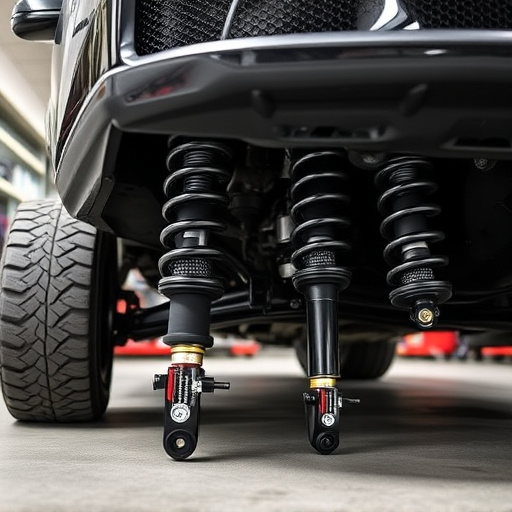
When comparing dry versus oil-free cold air intake (CAI) filters, maintenance and longevity are key factors to consider. Dry filters typically require more frequent replacement, as they can become clogged over time, reducing airflow and potentially damaging your engine. Regular cleaning or swapping out these filters is essential to maintain optimal performance.
On the other hand, oil-free CAI filters offer a longer lifespan due to their design that prevents clogging. These filters don’t rely on oil for particle trapping, making them less prone to obstructions. As a result, they can endure more extreme conditions without needing frequent attention, which translates to less downtime and potential savings when it comes to maintenance compared to traditional dry air filter kits or even muffler tips designed with regular replacements in mind.
When choosing between dry and oil-free cold air intake filters, understanding their distinct characteristics is key. Both have their advantages in terms of performance and maintenance, but oil-free filters excel in longevity due to reduced wear and tear. Factors like vehicle compatibility, climate, and driving habits play a role in the decision. By weighing these considerations, you can select the optimal cold air intake filter for your needs, ensuring enhanced engine performance without compromising reliability.





